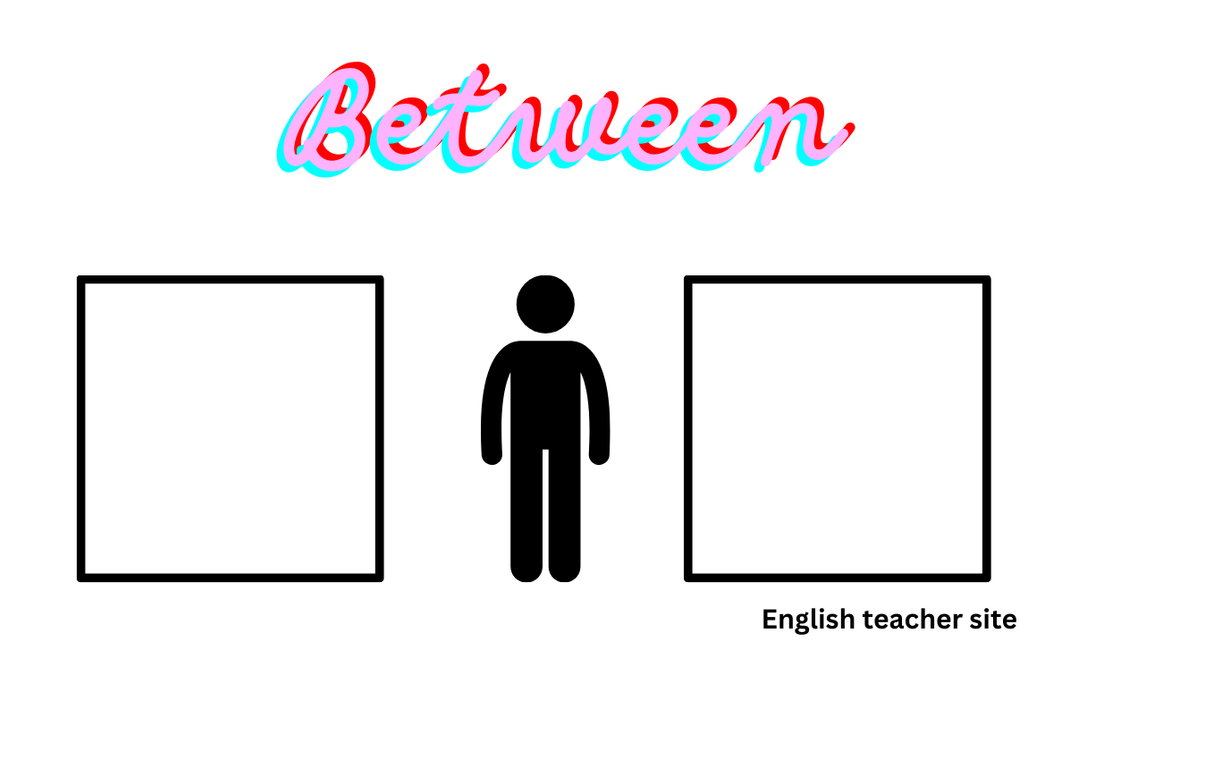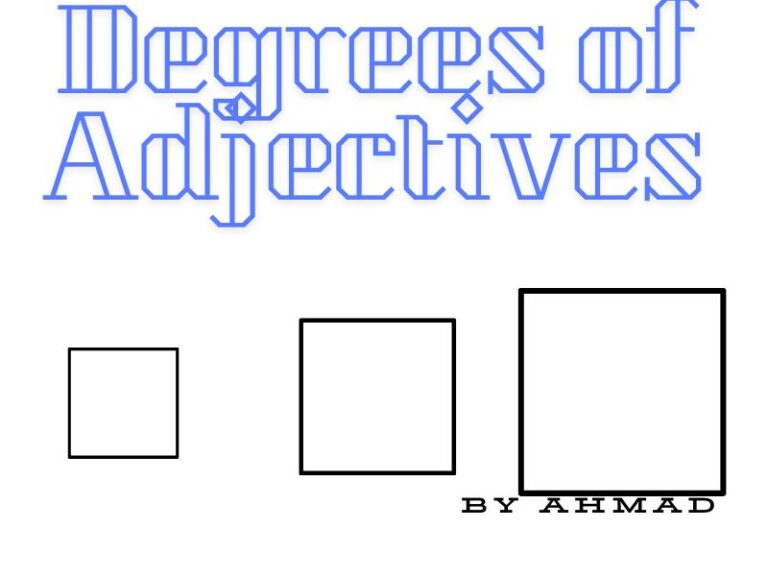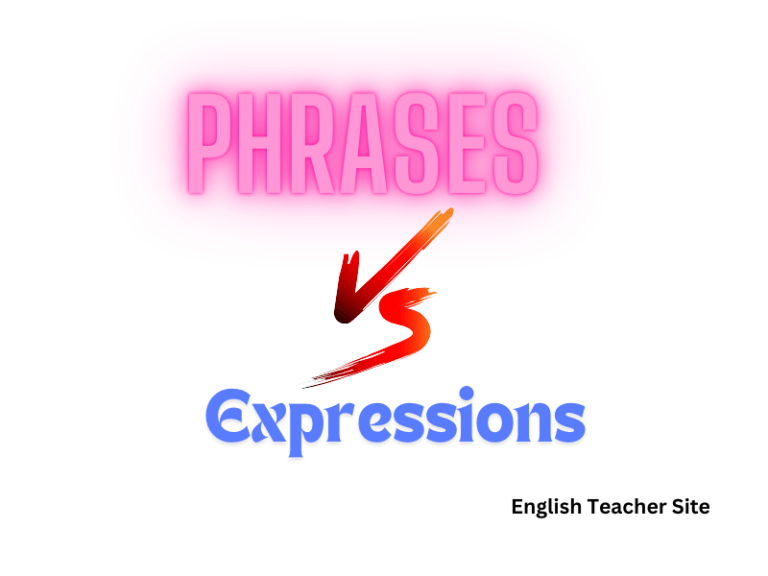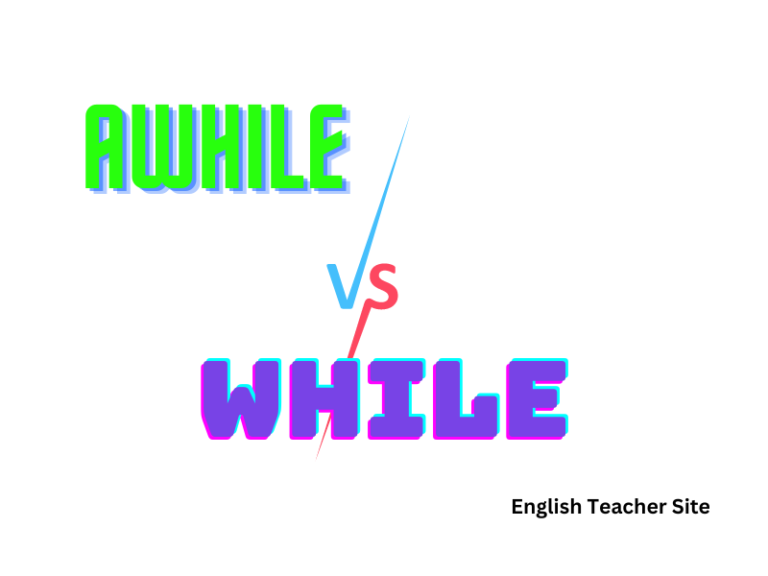In Between, Inbetween or Between: Understanding the Nuances of English Prepositions

- “In between” functions as an adverbial phrase and should remain two separate words.
- “In-between,” with a hyphen, is an adjective that describes a noun’s intermediate position.
- “Between” is a preposition used for indicating relationships involving clearly defined terms.
The term “in between” is typically used as an adverbial phrase to denote a position among two or more things, often synonymous with the word “among.”
When “in-between” is used with a hyphen, it becomes a compound adjective, describing a noun by depicting a state of being situated in the middle of two extremes. However, “between” alone acts as a preposition, establishing a relationship involving distinct, individual items or a direct comparison.
What is the meaning of in-between?
In English grammar, in-between refers to a position or state that is intermediate between two other distinct stages, places, or moments. The term often conveys a sense of transition or something that does not belong firmly to either end of a spectrum or sequence. It can function as an adjective, adverb, or noun.
As an adjective before a noun, in-between describes something that is situated amid two points. For example:
- The in-between chapters of a book.
As an adverb, it describes the action of placing something between two points. For example:
- She placed the vase in-between the two sculptures.
As a noun, in-between signifies a middle or intermediate point. It is understood to reference the space or gap that separates two points. For example:
- He felt like he was in an in-between phase of his career.
| Form | Usage Example |
|---|---|
| Adjective | an in-between stage |
| Adverb | rest in-between activities |
| Noun | the in-between is often the hardest part |
In modern usage, the concept of in-between is sometimes further explored in the contexts of psychology and sociology to describe transitional phases in human development or social states.
Here is a brief list of scenarios involving in-between:
- Transitional periods in life cycles (adolescence, mid-life, etc.)
- Physical spaces separating two objects (a park in-between two buildings)
The distinction in use among between, in-between, and in between also depends on the syntax and style of the writing. Grammar guidelines and dictionaries, such as the Grammarly Blog, provide clarification on when to use each variant correctlyuggests that “between” can be a preposition or an adverb but cautions on the potential confusion when used as a preposition, which means “in the time, space, or interval that separates.”
What’s the Difference of In Between and In-between?
In between is typically used as a preposition or adverb, while in-between with a hyphen is used as a compound adjective. This distinction affects their grammatical role in sentences, leading to common mistakes in writing.
Examples of sentences including in between
- As a preposition: She found a lost coin in between the couch cushions.
- As an adverb: The twins argued, and their elder brother sat in between, trying to mediate.
Synonyms for in between
- Amid
- Among
- Betwixt
- Intermediate to
Origin of between
The word between comes from the Old English ‘betweonum’, literally meaning ‘by the two’ or ‘in the middle of two’. Over time, its usage expanded to indicate the spatial or conceptual separation of two or more items.
| Role in Sentence | Term Used | Example |
|---|---|---|
| Preposition | In between | The shop is in between the bakery and the florist. |
| Adverb | In between | She worked on her project in between lectures. |
| Adjective | In-between (hyphenated) | She has an in-between sort of mood, not happy but not sad either. |
In modern English, between functions as a preposition and occasionally as an adverb, while the correct spelling as a compound adjective is hyphenated:
in-between. Accurate usage is a sign of good writing and helps avoid confusion. The Cambridge Dictionary, among other authoritative sources, provides guidelines for these distinctions.
The term inbetween, without a space or hyphen, is considered a misspelling and should not be used in formal writing.
When do we use a hyphen?
In the realm of writing, mastering the use of hyphens can greatly enhance clarity. Hyphens have several distinct uses, which can be broken down into categories of compound modifiers, age terms, and numbers. Here’s a guide to understanding when hyphens should make their way into your writing:
Compound Modifiers: When two words come together to modify a noun, they are often linked with a hyphen to avoid confusion.
- Example: A well-known author
Age Terms: When age acts as a compound modifier, it takes a hyphen.
- Example: A five-year-old child
Numbers: Compound numbers from twenty-one to ninety-nine are hyphenated when spelled out.
| Without Hyphen | With Hyphen |
|---|---|
| Twenty one | Twenty-one |
| Ninety nine | Ninety-nine |
When defining the terms “in between” and “in-between,” context dictates use:
- As an adverb or a preposition, “in between” remains unhyphenated.
- When used as a noun or adjective, “in-between” takes a hyphen.
| Function as | Unhyphenated | Hyphenated |
|---|---|---|
| Adverb | in between | – |
| Preposition | in between | – |
| Noun | – | in-between |
| Adjective | – | in-between |
In a sentence, the presence or absence of a hyphen can change the meaning.
- The students protest teacher salary cuts might imply students protest against teachers who are salary cuts.
- The students protest-teacher salary cuts imply students protest due to teacher salary cuts.
Remember, the hyphen is a tool that, when used properly, brings precision and clarity to writing.
Source:
dictionary.cambridge, between examples
My name is Khamis Maiouf. I am the creator of the English Teacher Site, dedicated to providing valuable resources and insights for students around the world. With a passion for education and a commitment to helping students enhance their skills, I aim to make English teaching more effective and enjoyable for both educators and students.






